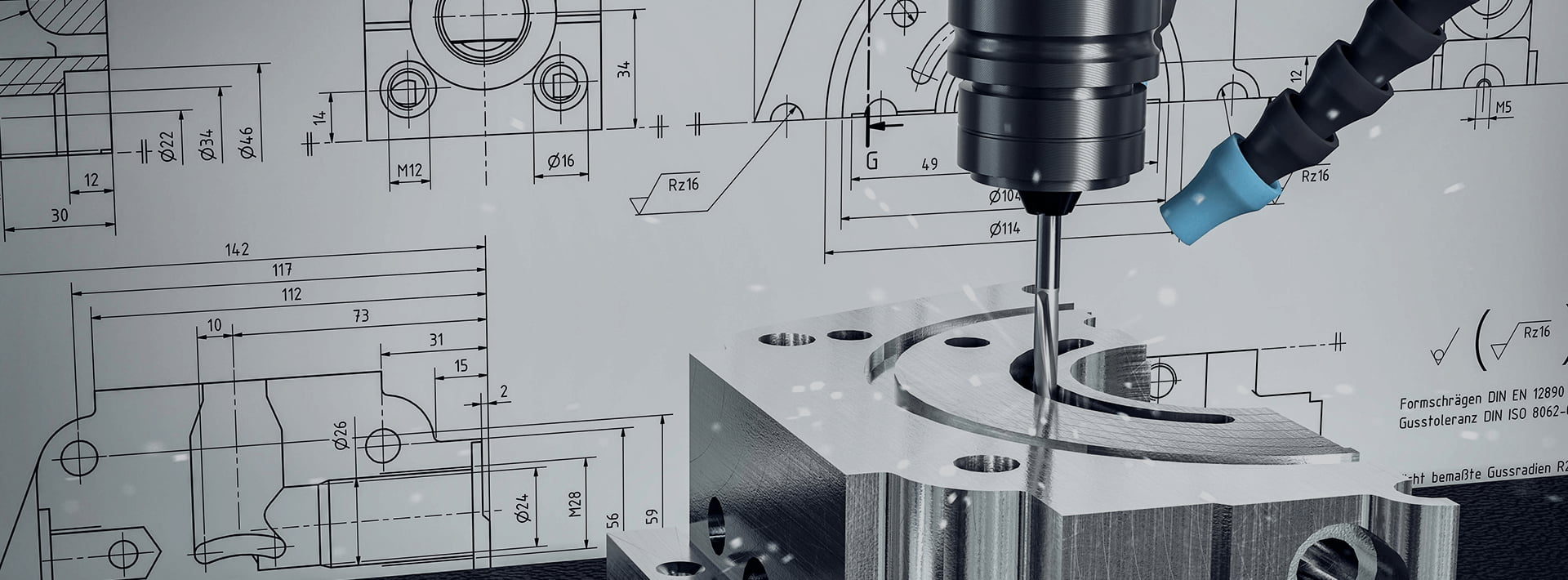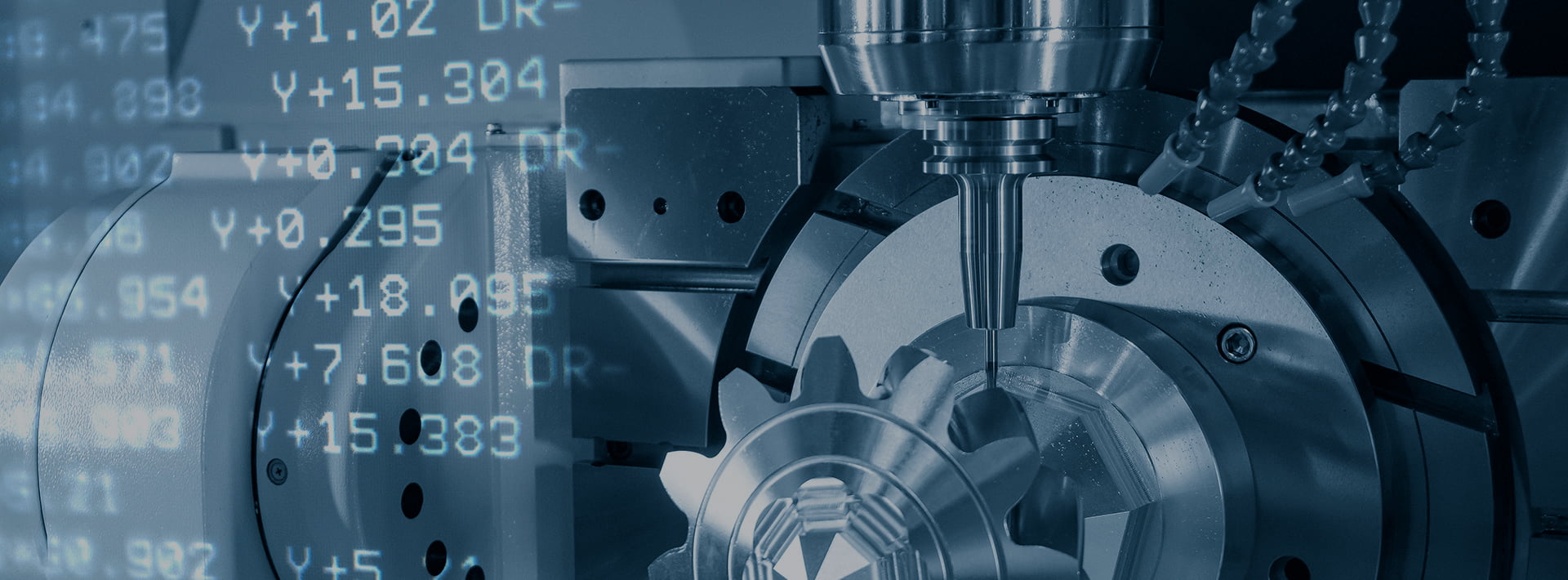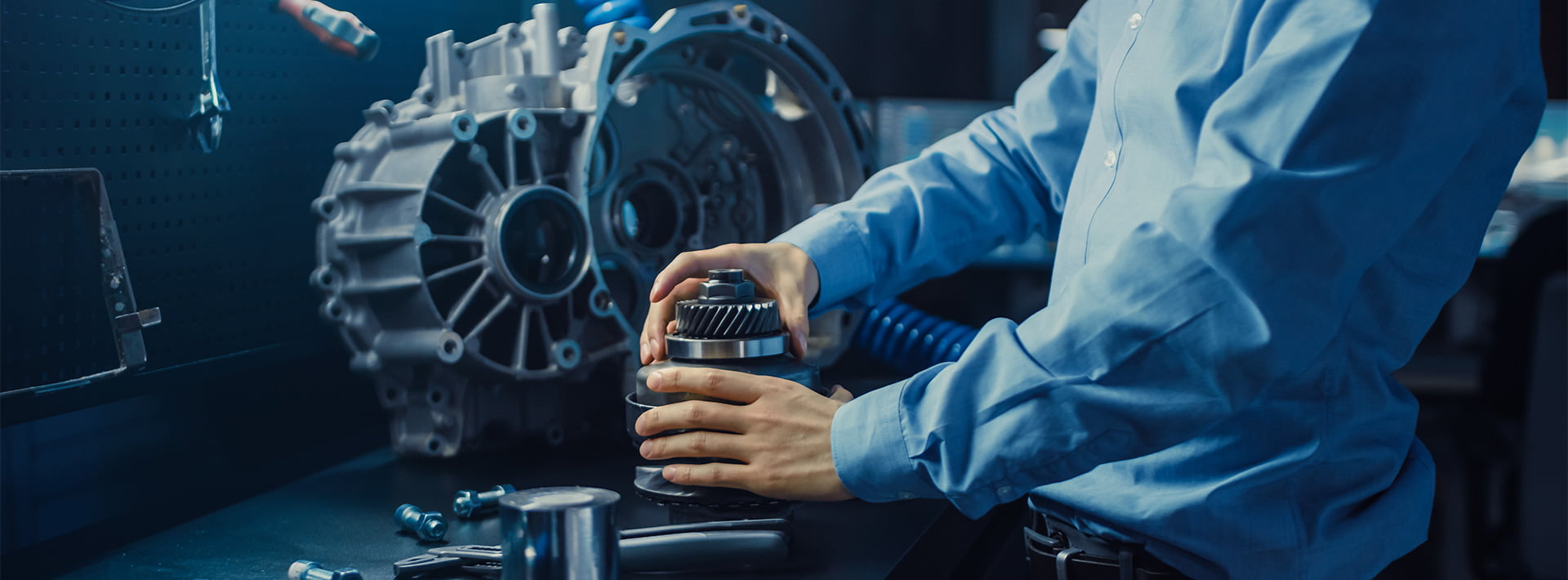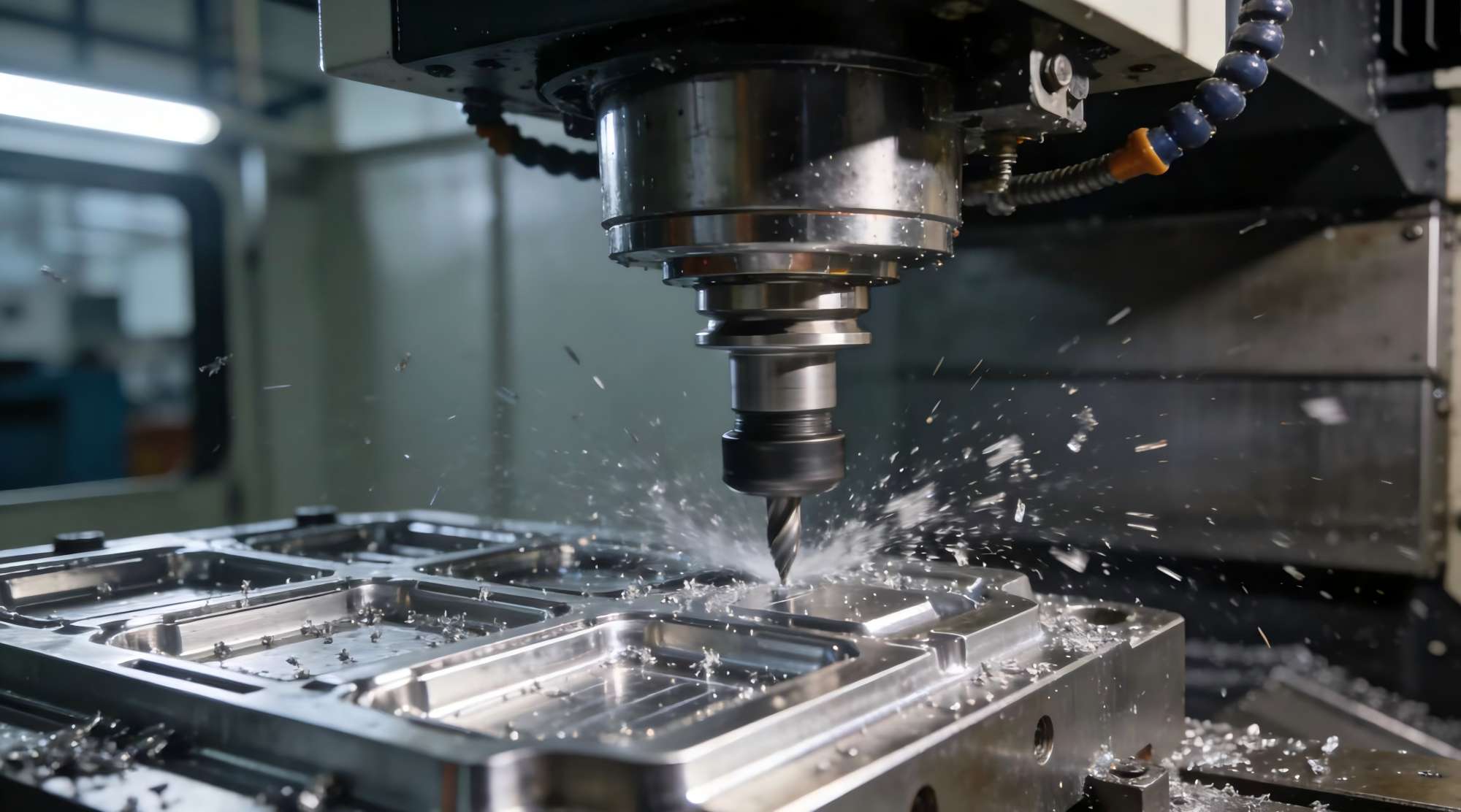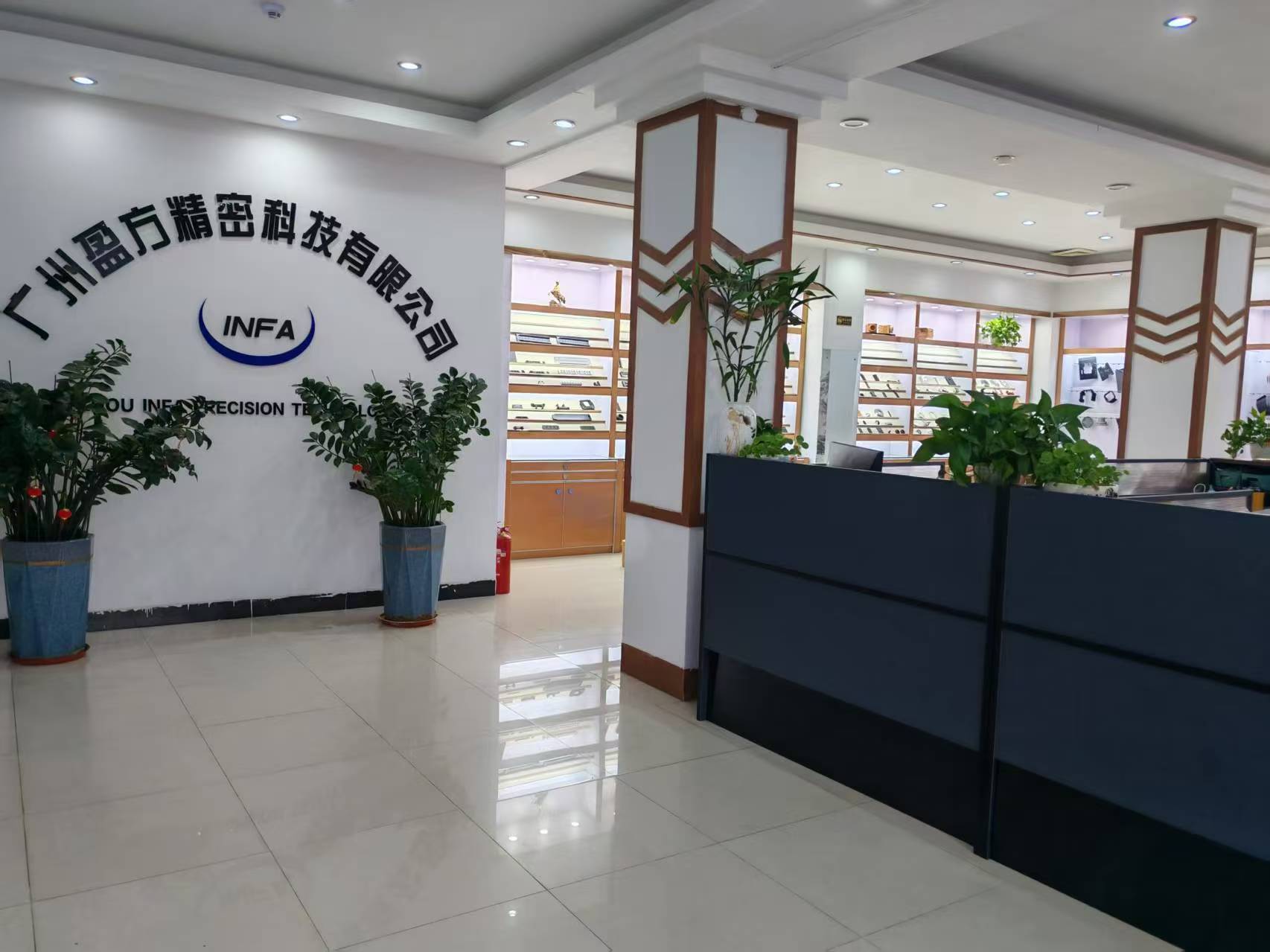Finishing Options for Machined Parts
When it comes to finishing options for machined parts, the choice depends on factors like material, application, aesthetics, and functional requirements (e.g., corrosion resistance, wear protection, or electrical conductivity). Below are common finishing techniques used in machining:
First. Mechanical Finishes
- Deburring: Removing sharp edges or burrs left from machining (manual, tumbling, or vibratory finishing).
- Sandblasting (Abrasive Blasting): Creates a uniform matte texture using compressed air and abrasive media (glass beads, aluminum oxide, etc.).
- Polishing/Buffing: Achieves a smooth, reflective surface using abrasive wheels or compounds.
- Brushing: Produces a directional satin finish using wire brushes or abrasive belts.
- Lapping/Honing: Ultra-precise finishing for high-tolerance surfaces (common in bearings and seals).
 Second. Coatings for Protection & Aesthetics
Second. Coatings for Protection & Aesthetics
- Anodizing (Aluminum): Electrochemical process that increases corrosion/wear resistance and allows for colored dyes (Type II for decorative, Type III for hard coat).
- Powder Coating: Durable, colored polymer coating applied electrostatically and cured under heat.
- Electroplating: Deposits a thin metal layer (e.g., nickel, chrome, zinc) for corrosion resistance or conductivity.
- PVD/CVD Coatings: Thin, hard coatings like TiN (titanium nitride) or DLC (diamond-like carbon) for wear resistance.
Third. Chemical Finishes
- Passivation (Stainless Steel): Removes free iron particles to enhance corrosion resistance using nitric or citric acid.
- Chromate Conversion (Aluminum/Zinc): Adds a protective layer with slight iridescence (common in aerospace).
- Black Oxide (Steel): Creates a black, corrosion-resistant finish (mild protection).
- Acid Etching: Produces a matte or decorative texture.
Fourth. Thermal Finishes
- Heat Treating (Hardening/Tempering): Improves hardness or toughness (e.g., case hardening, quenching).
- Blackening (Hot Black Oxide): Similar to chemical black oxide but with better durability.
Fifth. Other Specialty Finishes
- Laser Engraving/Etching: Adds permanent markings (logos, serial numbers).
- Electropolishing: Removes surface material for a smooth, ultra-clean finish (common in medical/food applications).
- Silk Screening/Pad Printing: Adds colored labels or graphics.
Choosing the Right Finish
- Aesthetic Needs: Polishing, anodizing, powder coating.
- Corrosion Resistance: Anodizing, plating, passivation.
- Wear Resistance: Hard coatings (PVD, CVD), nitriding.
- Electrical Conductivity: Gold/silver plating, bare metal finishes.
Would you like recommendations for a specific material (e.g., aluminum, steel, titanium) or application (e.g., medical, automotive, aerospace)?
First. Mechanical Finishes
- Deburring: Removing sharp edges or burrs left from machining (manual, tumbling, or vibratory finishing).
- Sandblasting (Abrasive Blasting): Creates a uniform matte texture using compressed air and abrasive media (glass beads, aluminum oxide, etc.).
- Polishing/Buffing: Achieves a smooth, reflective surface using abrasive wheels or compounds.
- Brushing: Produces a directional satin finish using wire brushes or abrasive belts.
- Lapping/Honing: Ultra-precise finishing for high-tolerance surfaces (common in bearings and seals).

- Anodizing (Aluminum): Electrochemical process that increases corrosion/wear resistance and allows for colored dyes (Type II for decorative, Type III for hard coat).
- Powder Coating: Durable, colored polymer coating applied electrostatically and cured under heat.
- Electroplating: Deposits a thin metal layer (e.g., nickel, chrome, zinc) for corrosion resistance or conductivity.
- PVD/CVD Coatings: Thin, hard coatings like TiN (titanium nitride) or DLC (diamond-like carbon) for wear resistance.
Third. Chemical Finishes
- Passivation (Stainless Steel): Removes free iron particles to enhance corrosion resistance using nitric or citric acid.
- Chromate Conversion (Aluminum/Zinc): Adds a protective layer with slight iridescence (common in aerospace).
- Black Oxide (Steel): Creates a black, corrosion-resistant finish (mild protection).
- Acid Etching: Produces a matte or decorative texture.
Fourth. Thermal Finishes
- Heat Treating (Hardening/Tempering): Improves hardness or toughness (e.g., case hardening, quenching).
- Blackening (Hot Black Oxide): Similar to chemical black oxide but with better durability.
Fifth. Other Specialty Finishes
- Laser Engraving/Etching: Adds permanent markings (logos, serial numbers).
- Electropolishing: Removes surface material for a smooth, ultra-clean finish (common in medical/food applications).
- Silk Screening/Pad Printing: Adds colored labels or graphics.
Choosing the Right Finish
- Aesthetic Needs: Polishing, anodizing, powder coating.
- Corrosion Resistance: Anodizing, plating, passivation.
- Wear Resistance: Hard coatings (PVD, CVD), nitriding.
- Electrical Conductivity: Gold/silver plating, bare metal finishes.
Would you like recommendations for a specific material (e.g., aluminum, steel, titanium) or application (e.g., medical, automotive, aerospace)?

